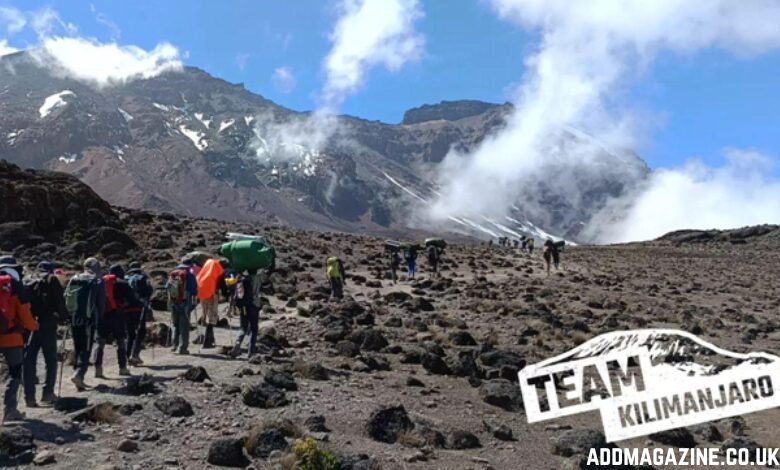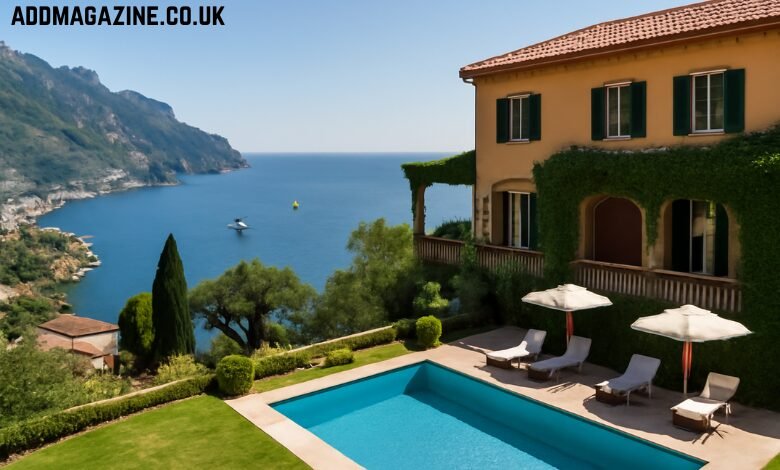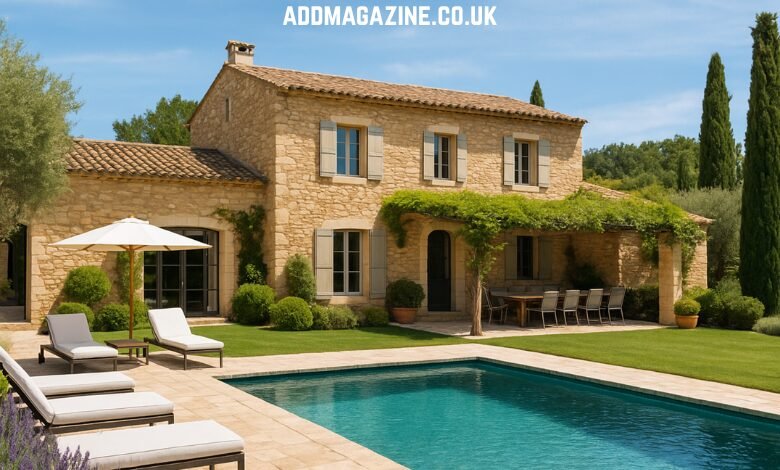There are places where nature feels less like landscape and more like art. Mount Kilimanjaro, Africa’s highest peak, rising 5,895 metres above the plains of Tanzania, is one of those rare masterpieces. To climb Kilimanjaro is to step inside a living gallery — five ecological zones unfolding like brushstrokes: rainforest greens, moorland greys, alpine desert golds, and finally the icy whites of a summit that feels sculpted by time itself.
What makes the journey remarkable is not only the altitude but the design of the experience itself. Just as a great building or exhibition requires careful planning, so does the climb. Routes, timing, and support structures are the elements of composition that determine whether the finished work is harmonious or fragmented.
The Dimension of Time
One of the first design questions is how long does it take to climb Kilimanjaro. Some itineraries attempt to compress the climb into five or six days, but like rushed art, the result often disappoints. Altitude sickness interrupts the rhythm, the body rejects the pace, and the “composition” falls apart.
A carefully measured climb of seven to nine days allows the body to acclimatise gradually. It’s the equivalent of stepping back from the canvas to make sure the proportions work, giving each stage of the journey space to breathe.
Routes as Creative Choices
Not all paths up Kilimanjaro are created equal. Some of the popular routes — like Machame and Umbwe — are crowded and inefficient, involving a needless 401-metre climb that is quickly lost into Karanga Valley. It’s a misstep in composition, like a line out of place in a sketch.
By contrast, Team Kilimanjaro’s TK Lemosho Route is like a considered work of design. It removes inefficiencies, avoids early congestion, and guides climbers with balance and poise. The experience is smoother, the scenery richer, and the success rate higher. For those wanting something extraordinary, the Excel Extension even offers a night in the crater at 5,729 metres after summiting — a bold flourish, like an artist’s signature in the corner of the frame.
Seasons as Mood Boards
Just as lighting changes a space, timing transforms Kilimanjaro. The best time to climb Kilimanjaro is during the dry months of January to March and June to October, when skies are clear and conditions stable. These months create a crisp, high-contrast aesthetic — a composition in sharp lines and bright colours.
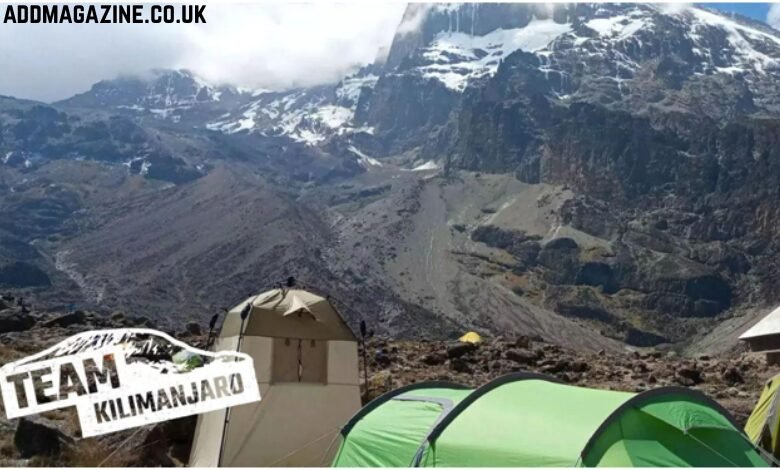
The rainy seasons — April to May and November — soften the palette. Trails are quieter, clouds roll in, and landscapes turn lush and green. For those who value atmosphere over predictability, these seasons offer a more intimate, almost impressionist canvas.
The Human Design of Support
Behind every piece of art lies craftsmanship. On Kilimanjaro, that craftsmanship comes from guides and porters. Regulations require their presence, but beyond logistics, they shape the atmosphere and rhythm of the climb.
Team Kilimanjaro offers seven “support series,” each a different design style. Around 70 percent of climbers select the Advantage Series, which blends function and comfort: three-course meals, private toilets, and mess tents that feel like a well-curated interior. Others gravitate toward the stripped-back Superlite Series, where climbers carry their own gear, or the Hemingway Series, which offers the mountain as a luxury installation for VIPs.
Each choice reflects personal aesthetic. Some prefer minimalism, others richness — but all benefit from a support system designed with intention.
The Summit as Masterpiece
Every creative work builds toward a moment of clarity. On Kilimanjaro, that moment is summit night. Climbers rise at midnight, following headlamps into the dark, enduring thin air and bitter cold. Slowly, the horizon lightens. Glaciers glow rose and gold, the plains below emerge like a vast backdrop, and the iconic sign at Uhuru Peak becomes the final brushstroke.
It is both climax and completion — the gallery unveiled, the curtain raised, the masterpiece revealed.
Beyond the Frame
Many climbers extend their story with a safari in the Serengeti or a retreat on Zanzibar’s beaches. These are like complementary exhibitions, adding depth and variety to the main work. Yet the true art of Kilimanjaro lies in the climb itself: the balance of patience, endurance, and wonder that turns effort into beauty.
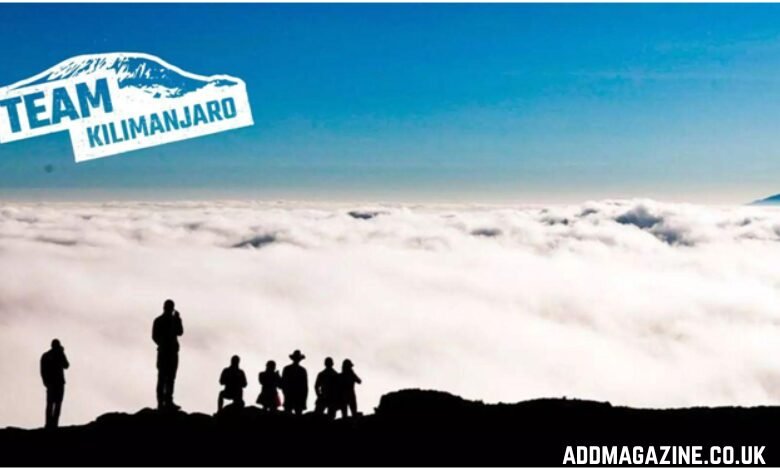
Final Reflection
To Kilimanjaro veterans, the mountain is more than Africa’s tallest peak. It is a living artwork — one you don’t just look at but enter. By pacing the journey correctly, knowing how long does it take to climb Kilimanjaro, choosing the best time to climb Kilimanjaro, and selecting thoughtful routes like TK Lemosho, climbers can experience a piece of art that will never hang in a gallery but will remain forever in memory.
Kilimanjaro is an invitation to design your own story — one step, one stroke, one breath at a time.

